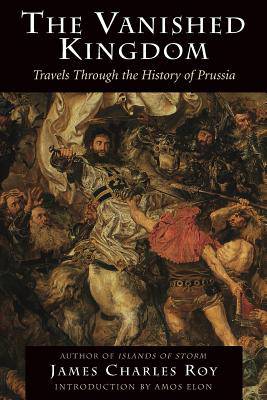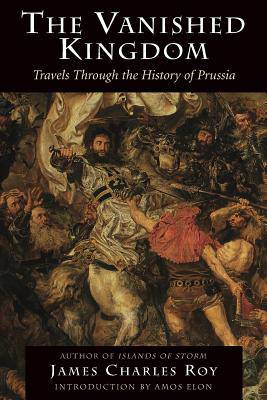
- Afhalen na 1 uur in een winkel met voorraad
- Gratis thuislevering in België vanaf € 30
- Ruim aanbod met 7 miljoen producten
- Afhalen na 1 uur in een winkel met voorraad
- Gratis thuislevering in België vanaf € 30
- Ruim aanbod met 7 miljoen producten
Zoeken
€ 36,95
+ 73 punten
Omschrijving
Twice in this century, Germany initiated wars of unimagined terror and destruction. In both cases, defense of the "Prussian" realm, the German homeland, was the perceived and vilified perpetrator. Few today understand with any precision what "Prussia" means, either geographically or nationalistically, but neither would they deny the psychic resonance of the single word. To most, it means unbridled aggression, the image of the goose-stepping Junker.But what was once Prussia is now a significant portion of Eastern Europe, a contested homeland first won by Christian knights of the Teutonic Order. For centuries thereafter its terrain has been crisscrossed by war and partitioned by barbed wire. In its final catastrophe of 1945, nearly two million German refugees fled the region as Russian armies broke the eastern front, perhaps the greatest dislocation of a civilian population at any time during World War II. With the Berlin Wall now a memory and the Soviet Union in a state of collapse, this remains a geography in shambles. Modern travelers can now, for the first time in decades, see and ponder for themselves what Prussia really was and now is. James Charles Roy and Amos Elon, two writers noted for their inquisitive natures, have gone to search through the rubble themselves. They intermingle present-day observations with moving vignettes from the German and Prussian past, sketching a portrait of the Europe we know today. The story is spiced with interviews and reminiscences, unforgettable in their sadness, of people looking back at a life now gone, a life full of turmoil and heartache, memories both fond and tragic. The final result: a far deeper understanding of the tattered lands of today's Eastern Europe.
Specificaties
Betrokkenen
- Auteur(s):
- Uitgeverij:
Inhoud
- Aantal bladzijden:
- 416
- Taal:
- Engels
Eigenschappen
- Productcode (EAN):
- 9780813337937
- Verschijningsdatum:
- 1/05/2000
- Uitvoering:
- Paperback
- Formaat:
- Trade paperback (VS)
- Afmetingen:
- 151 mm x 227 mm
- Gewicht:
- 535 g

Alleen bij Standaard Boekhandel
+ 73 punten op je klantenkaart van Standaard Boekhandel
Beoordelingen
We publiceren alleen reviews die voldoen aan de voorwaarden voor reviews. Bekijk onze voorwaarden voor reviews.











